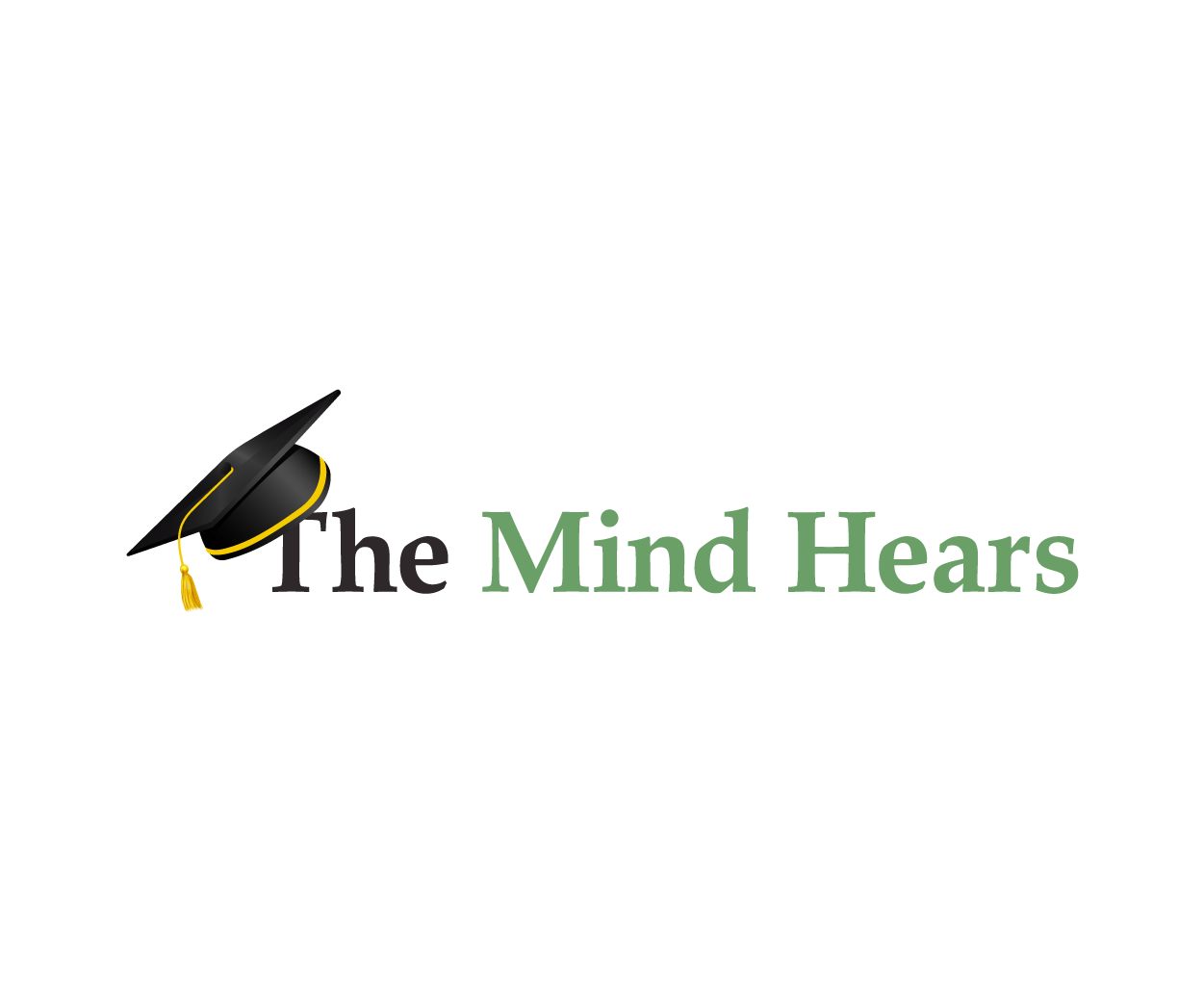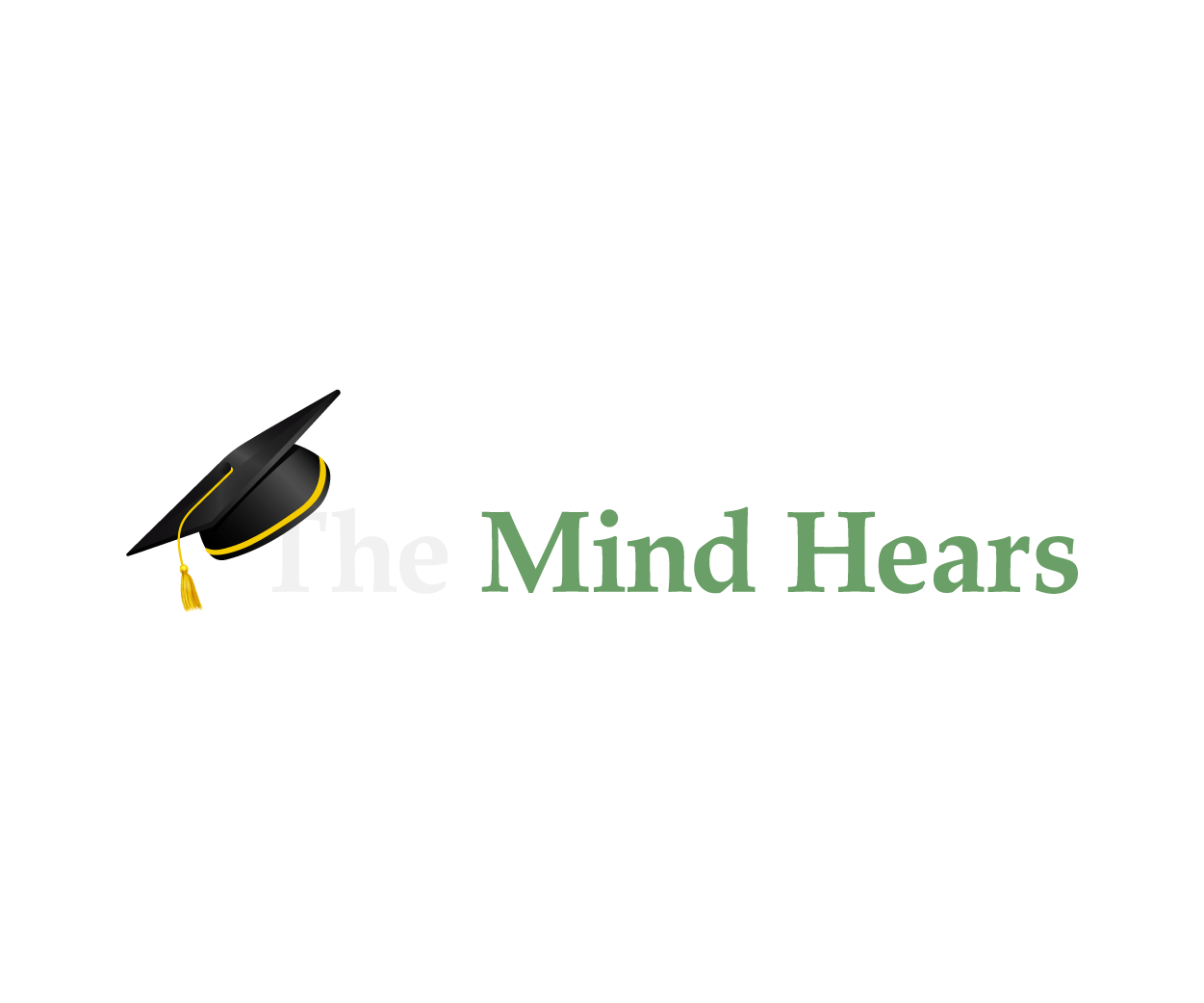listening fatigue
deaf/HoH experiencesmeetings
To Hear, or Not to Hear? The Mental Gymnastics of Hearing Device Use
-Sarah Sparks I had planned to write this post about listening fatigue, but as I began writing I realized that a related yet...
August 26, 2020
deaf/HoH experiences
How much listening is too much?
As academics, our jobs require us to listen to others all the time—in our classes, in faculty meetings, in seminars, and when meeting...
February 11, 2020










